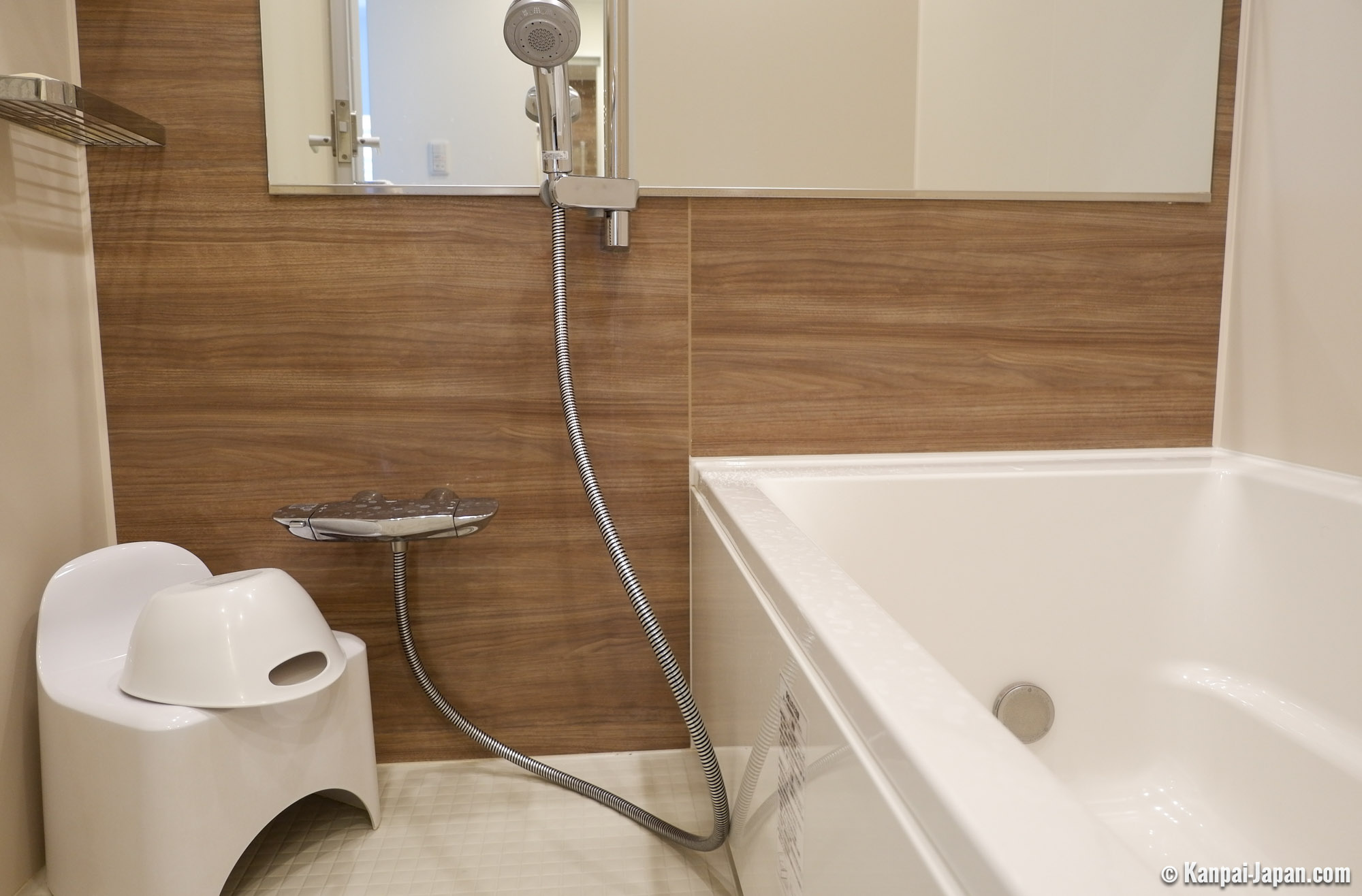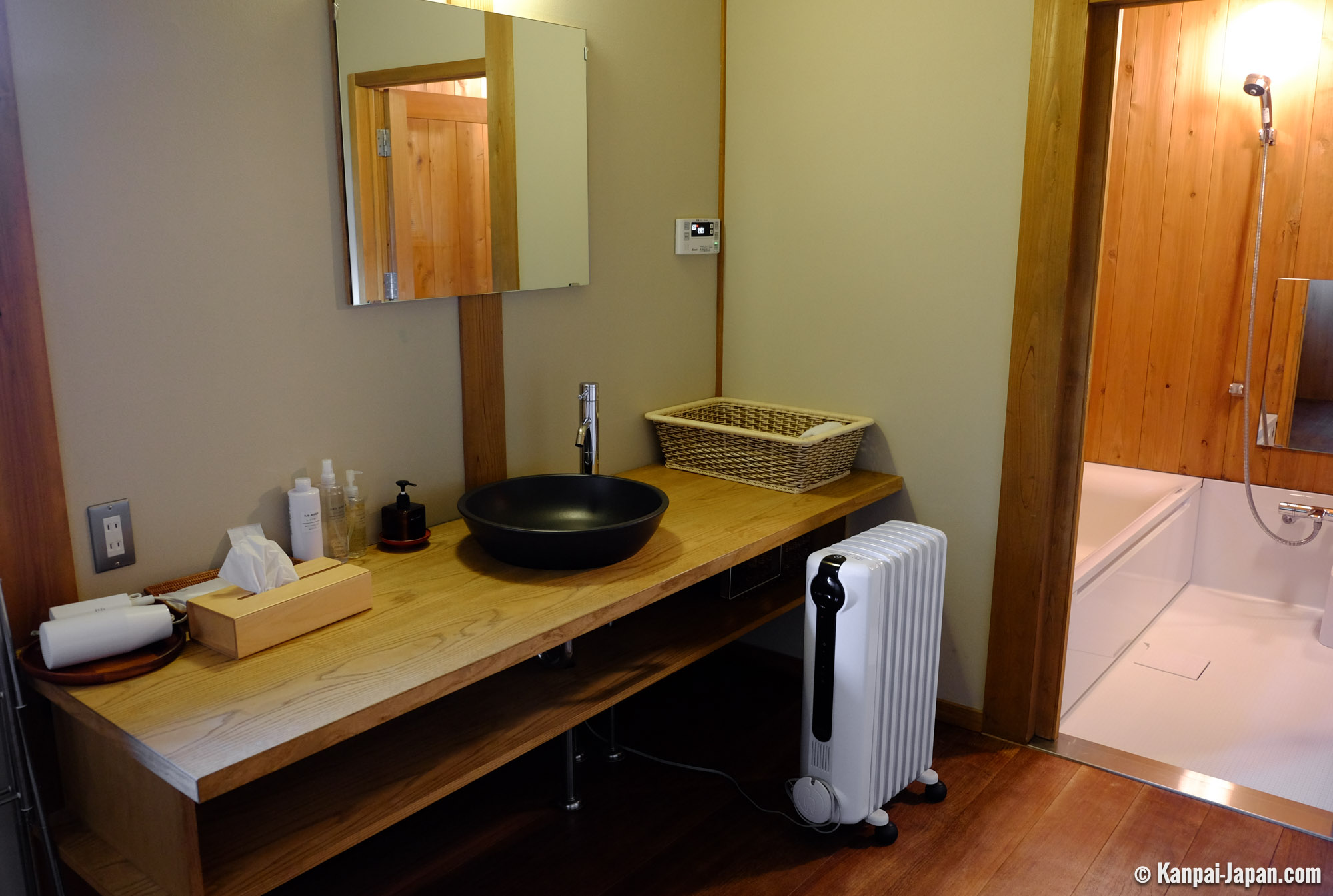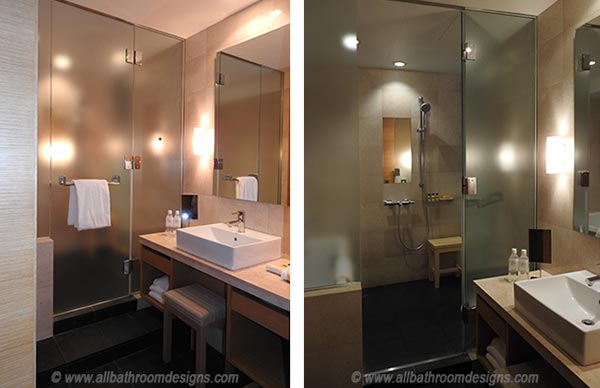Table Of Content

Avoid flashy or colorful items such as bright hand towels or cartoonish toothbrush holders. Instead, opt for neutral tones and clean lines to maintain a feeling of serenity and calm.Additionally, feel free to incorporate culturally specific products. If you’re able to obtain Japanese hand soaps, this can only add to the authenticity of your creation. While it’s not uncommon to think of a bathroom space in the home as a place that is visited only briefly, the Japanese have a different take on this room. In Japanese culture, a bathroom is a space for rest and rejuvenation as much as it is for cleanliness. These are placed in bathrooms with the sole purpose of relaxing a tired body and giving you time to collect your thoughts and inspirations.
Should Shower Tiles Go to the Ceiling?
This serene traditional Japanese bathroom design captures the essence of relaxation with a deep soaking tub and an abundance of natural materials. The use of wood and stone elements evokes a sense of harmony with nature, a key component of traditional Japanese design. A Japanese-style bathroom has a clear focus on relaxation and hygiene. It’s important to understand that while these two concepts go together in this space, the Japanese believe in keeping them separated.
INAX to unveil latest bathroom collection at Milan design week - Dezeen
INAX to unveil latest bathroom collection at Milan design week.
Posted: Tue, 09 Apr 2019 07:00:00 GMT [source]
The square sink and round edges of the tub contrast beautifully.
Firstly, the placement of the sink, toilet, and bath are located in separate rooms. For example, the sink is commonly installed in a small changing area. The area is placed before the bathroom that also has the washing machine when the toilet is completely in a different room.
Spotted The Greenery In Japanese Bathroom
Minimalist design principles are central to both Japanese and Scandinavian styles, so they naturally form a key part of Japandi style too. In a Japandi bathroom, opt for clean lines, sleek finishes, and a general less-is-more approach to achieve an understated space, emphasizing the beauty of the natural materials. Elements of Zen philosophy have always permeated Japanese bathroom design, with an emphasis on simplicity, balance, and mindfulness.
These design principles prioritize harmony, balance, and connection to nature, creating environments that encourage relaxation and mindfulness. By embracing the core principles of traditional Japanese bathroom design, you can create a timeless and versatile space that is both visually appealing and functionally practical. Japanese bathing rituals have a rich history dating back centuries, deeply ingrained in Shinto and Buddhist customs. Communal baths, or “sento,” and natural hot springs, known as “onsen,” were central to Japanese society. This rich cultural heritage has significantly influenced the design of domestic bathrooms in Japan.
You don’t always have to provide loads of room to own a dreamy bath. A wooden bath placed side by side to a shower is the right inspiration for those who only own a small space. Lastly, finish the touch with a bamboo divider and get a traditional finishing. As structured not only for taking a shower but also for relaxing in a bath, Japanese bathrooms are styled more advanced than what you can find in other countries. With much favoritism of bathing, many Japanese bathrooms are installed with the latest modern and advanced technologies. With distinct areas for using the toilet, changing, and personal cleaning and soaking, the divided nature of a Japanese bathroom is a long-held tradition.

One of the cornerstones of Japandi design is contrast and this bathroom strikes the perfect balance. The monochrome styling of white tiles and sanitaryware combined with the black fixtures creates an almost Yin and Yang feel. Again, we see glimpses of timber to help introduce some texture and natural elements into the room as well as a clean and uncluttered design. It’s no secret with interior designers that Japanese bathrooms are the best in the world. The land of the rising sun has hundreds of unique bathroom styles with a particular Japanese aesthetic, which are often designed with aging in mind. The traditional Japanese small bathroom has multiple areas, so it’s easy to bathe in a seated position, and features both a Japanese bath and a shower, which makes it easier to bathe yourself.
Colored tiles
And of course, some aroma candles with tender fragrances will instantly give you the feeling you are into a spa-resort. We have spent time in Japan and really wanted an authentic Ofuro for our Napa Valley home. The Zen Bathworks Ofuro tub we purchased is just incredible and meets every expectation — when we show people around our new house its one of the first things we bring people to see.
Focusing on simplicity, the integration of natural elements, and the connection between indoor and outdoor spaces, Japanese design principles can transform a bathroom into a soothing oasis. A soothing palette of creams and tans contributes to the spa-like feel, as well as modern fixtures for the tub and shower. The renovators chose wood-look tile flooring that’s also waterproof and a vanity with natural wood doors for cohesion. In the wet-room, a pebble-effect floor helps prevent slipping and creates a sense of separation between the spaces.
Maximize natural light by incorporating large windows or skylights, connecting the indoor space to the outside world. Not only do we specialize in Kitchens & Bathrooms, over the years we’ve expanded our expertise to design and construct the exterior and layout of our client’s homes. Providing you and your family, with new spaces and elegant outdoor solutions for every day use.
In short, turn your bathroom into a chic Japanese spa, and you’ll never want to leave it. The great beauty of a Japanese bathroom does not only deliver minimalism and simplicity on design but also ergonomically incorporates significant natural elements. Here are some ideas of attractive yet straightforward accessories to create a Japanese inspired bathroom. This light and airy bathroom keeps things super simple with only the essentials allowed. Clean white walls contrast with the chunky wooden floating shelves to create a striking visual interest while remaining uncluttered.











